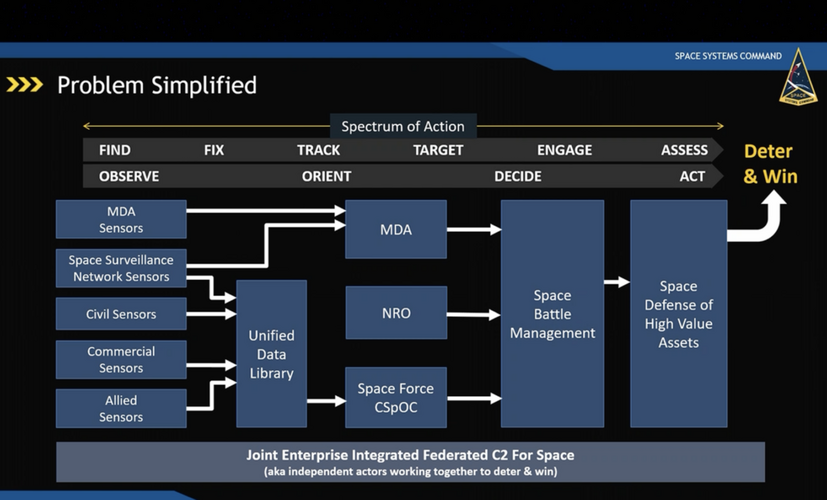jsport
what do you know about surfing Major? you're from-
- Joined
- 27 July 2011
- Messages
- 7,713
- Reaction score
- 5,721

Space Force turning to commercial sats to enhance in-space monitoring - Breaking Defense
"The next pivot for looking up is to look in outer space from outer space. There's no reason you only need to observe satellite maneuvers from the ground. You can do it from space," Maj. Gen. Gregory Gagnon, Space Force deputy chief of space operations for intelligence, said today.



































































